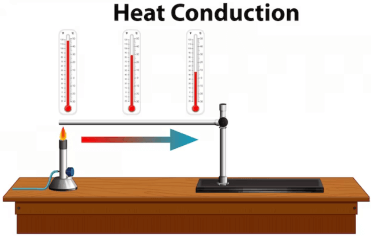Question
a.
Yes
b.
No
c.
Can't say
d.
None of these
Posted under Mechanical Engineering
Interact with the Community - Share Your Thoughts
Uncertain About the Answer? Seek Clarification Here.
Understand the Explanation? Include it Here.
Q. When the pipes are in series, the total head loss is equal to the sum of the head loss in each pipe.
Similar Questions
Explore Relevant Multiple Choice Questions (MCQs)
Q. Whenever a plate is held immersed at some angle with the direction of flow of the liquid, it is subjected to some pressure. The component of this pressure, at right angles to the direction of flow of the liquid is known as lift.
View solution
Q. The efficiency of power transmission through pipe is (where H = Total supply head, and hf = Head lost due to friction in the pipe)
View solution
Q. The velocity at which the laminar flow stops, is known as
View solution
Q. When a cylindrical vessel, containing some liquid, is rotated about its vertical axis, the liquid surface is depressed down at the axis of its rotation and rises up near the walls of the vessel on all sides. This type of flow is known as
View solution
Q. The Newton's law of resistance is based on the assumption that the
View solution
Q. The Euler's equation for the motion of liquids is based upon the assumption that
View solution
Q. A weir is usually made of masonry or concrete.
View solution
Q. The discharge over a rectangular weir, considering the velocity of approach, is (where H1 = Total height of water above the weir = H + Ha H = Height of water, over the crest of the weir, and Ha = Height of water, due to velocity of approach)
View solution
Q. A flow in which __________ force is dominating over the viscosity is called turbulent flow.
View solution
Q. If an incompressible liquid is continuously flowing through a pipe, the quantity of liquid passing per second is different at different sections.
View solution
Q. The atmospheric pressure at sea level is
View solution
Q. When the pressure intensity at a point is less than the local atmospheric pressure, then the difference of these two pressures is called vacuum pressure.
View solution
Q. Reynold's number is the ratio of inertia force to
View solution
Q. The unit of dynamic viscosity in S.I. units is
View solution
Q. Bulk modulus of a fluid __________ as the pressure increases.
View solution
Q. The hydraulic gradient line may be above or below the centre line of the pipe.
View solution
Q. A water tank contains 1.3 m deep water. The pressure exerted by the water per metre length of the tank is
View solution
Q. The specific gravity has no units.
View solution
Q. The depth of water in a channel corresponding to the minimum specific energy is known as critical depth.
View solution
Q. The ratio of the inertia force to the gravity force is called Froude number.
View solution
Recommended Subjects
Are you eager to expand your knowledge beyond Mechanical Engineering? We've handpicked a range of related categories that you might find intriguing.
Click on the categories below to discover a wealth of MCQs and enrich your understanding of various subjects. Happy exploring!








